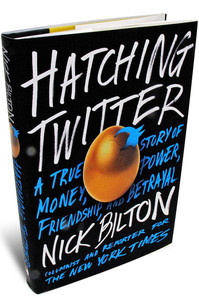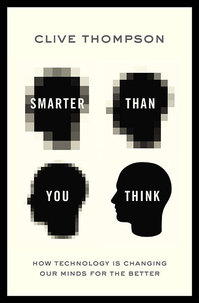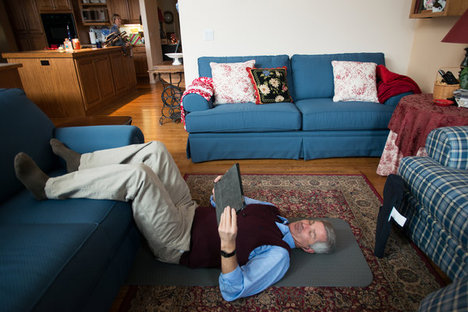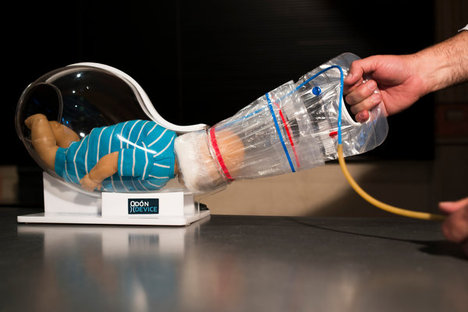(p. A11) When I am asked if I want a Compact Fluorescent Light, the only thought I have is that I don’t want my light to be compact, nor do I wish it to be florescent. I want a light that will incandesce across my room, filling it with a familiar yellow surf, and remind me that it was not with wax or kerosene, but with incandescent bulbs that man conquered the night.
. . .
I imagine what will happen when the filaments in my final incandescent bulbs grow weak, and I can hardly read my notes before me. Will I no longer be able to write at night? Or worse, will living with CFLs and LEDs make every day feel like I have just spent nine hours plastered before a computer screen? One day, soon, I will turn on my light and hear for the last time the signature, explosive death rattle of an incandescent bulb, and I’ll hold a vigil for the light that shaped and witnessed more than a century of human history. Tender is the light, Keats might say.
In my lightless room, I’ll sit for a moment and wonder how many more times in my life I’ll watch a bulb go out again. As I look to my dead bulb, I’ll think of the poet again and whisper: Darkling, you were not a piece of technology born for death.
For the full commentary, see:
ALEXANDER ACIMAN. “Tender Is the Light of My Incandescents; Bracing myself for life once the filaments in my beloved bulbs grow weak.” The Wall Street Journal (Fri., Jan. 31, 2014): A11.
(Note: ellipsis added.)
(Note: the online version of the commentary has the date Jan. 30, 2014.)




